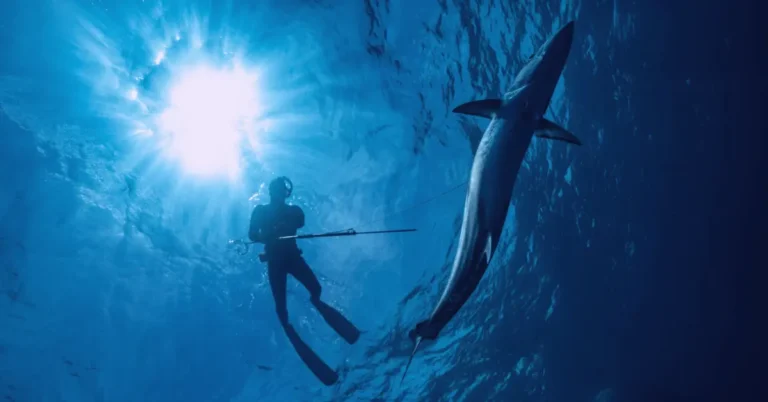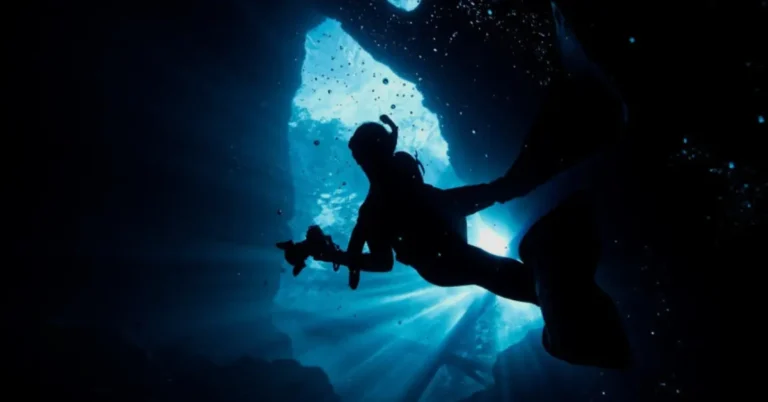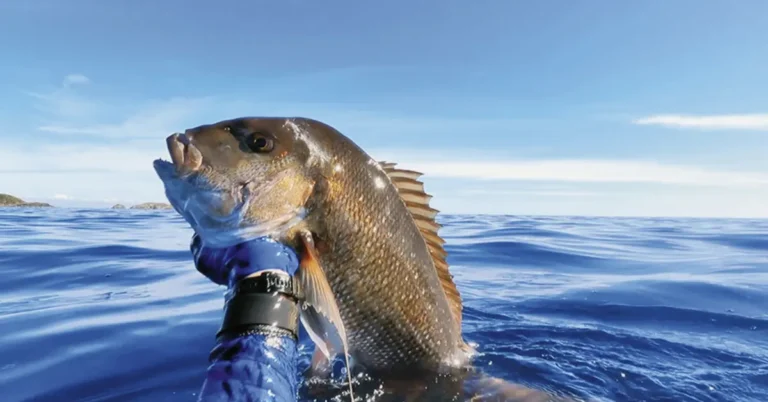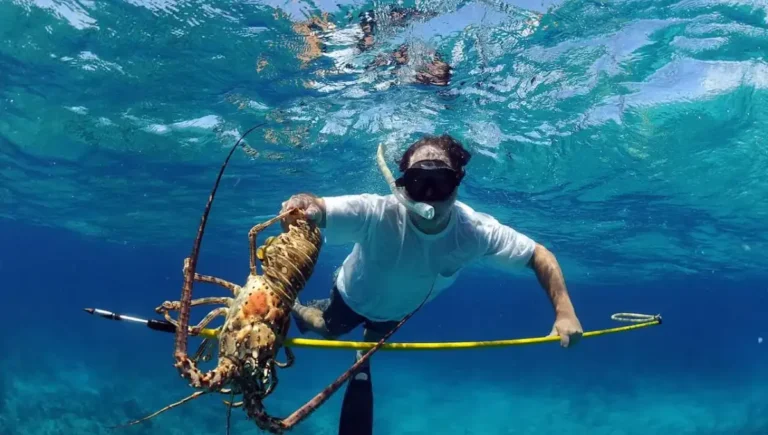Where to go Spearfishing?
Spearfishing is a thrilling sport enjoyed by many around the world. It involves diving underwater and using a spear to catch fish. If you’re wondering where to go spearfishing, you’ll find numerous options in coastal areas with clear waters and abundant marine life. Popular spearfishing destinations include tropical regions like Hawaii, the Caribbean, and the Mediterranean.
These areas offer diverse underwater ecosystems teeming with fish species, making them ideal for beginner and experienced spearfishers. Check local regulations and safety guidelines before embarking on your spearfishing adventure to ensure a memorable and responsible experience.
Also Read: How To Get Into Spearfishing – Learn Here
Understanding Marine Protected Areas (MPAs)
Before venturing into spearfishing, it’s crucial to familiarize yourself with local regulations, particularly regarding Marine Protected Areas (MPAs). These areas have specific rules governing fishing activities to protect marine ecosystems.
In places like California, MPAs are well-defined, and it’s essential to study maps and regulations provided by authorities to ensure compliance.
Option 1: Go Obvious Places
The first option for finding your first dive spot is to choose an obvious location along the coastline. This could involve scouting popular diving areas or exploring local beaches.
While these spots may attract other divers and have increased fishing pressure, they can still yield catches like perch and rockfish with patience and persistence.
Option 2: Join a Facebook Group
Another cost-effective option is to join local spearfishing Facebook groups. These online communities connect divers of all experience levels and can be invaluable for finding dive buddies, sharing tips, and accessing local knowledge.
However, respecting the community guidelines and avoiding asking for specific dive locations is essential.
Option 3: Join a Dive Club
For a more immersive experience, consider joining a local dive club. These clubs often have active members who regularly dive, providing opportunities to learn from seasoned spear fishermen, discover new spots, and build a network within the diving community.
While some dive clubs may require membership fees, the benefits of access to expertise and camaraderie can outweigh the costs.
Bonus Options
When should I go spearfishing?
The best time to spearfish depends on various factors such as location, weather, and marine life behaviour. Generally, spearfishing is best during warmer months when waters are clear and marine life is more active. Early mornings and late afternoons tend to offer optimal visibility and fish activity.
Additionally, consider tidal patterns and currents, as they can affect water clarity and fish movement. Researching local conditions and consulting with experienced spearfishers in your area can help you determine the ideal time to go spearfishing for a successful and enjoyable experience.
What to do before spearfishing?
Before spearfishing, it’s essential to take several important steps to ensure a safe and successful outing:
Frequently Asked Questions
Conclusion
Finding your first dive spot as a beginner spear fisherman may seem daunting, but with the right approach, it’s achievable.
Whether you explore obvious locations, join online communities, or immerse yourself in a dive club, each option offers unique benefits for aspiring spear fishermen.
By following regulations, respecting local ecosystems, and tapping into available resources, you’ll be well-equipped to embark on your spearfishing journey.

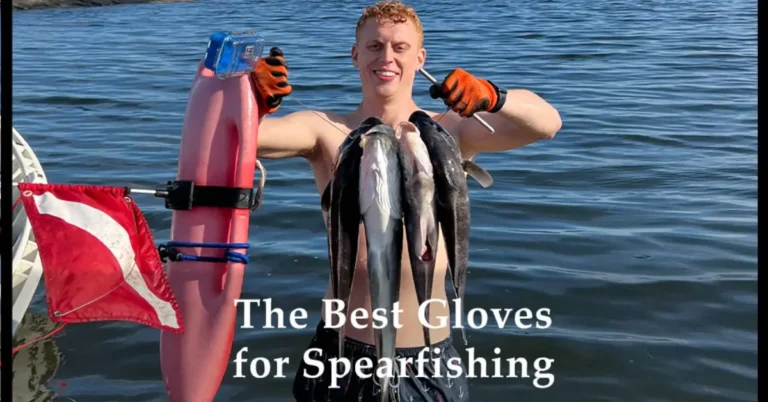
![The Best Speargun for Beginners in 2024 [Tested & Reviewed]](https://wildsportexplorer.com/wp-content/uploads/2024/04/Untitled-design-17-768x402.webp)
